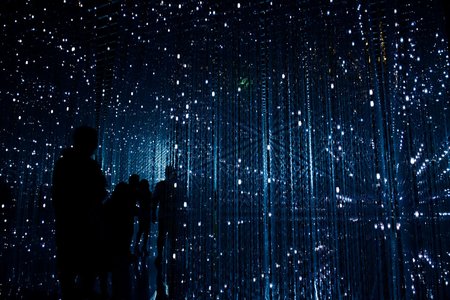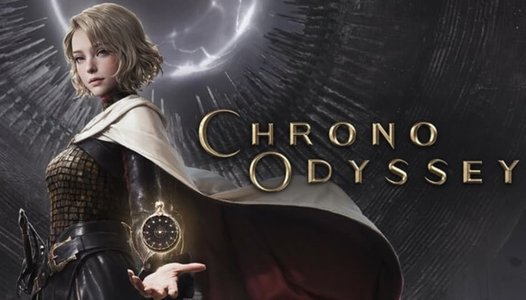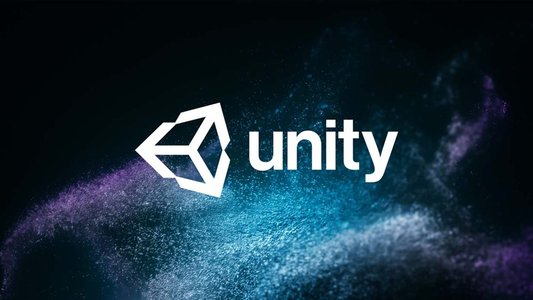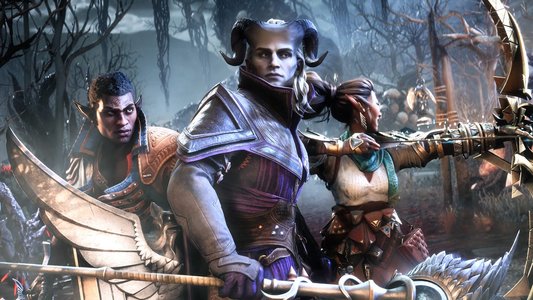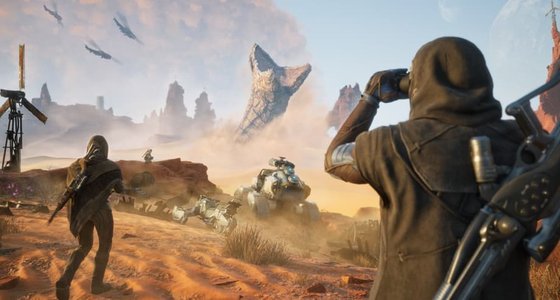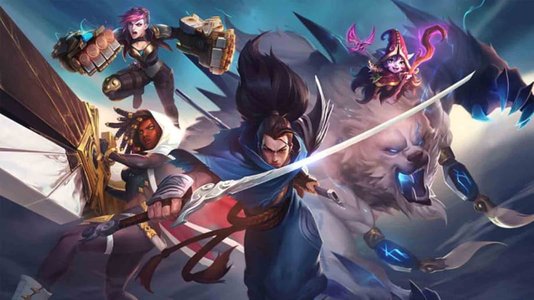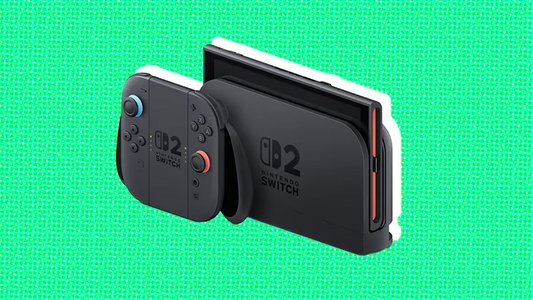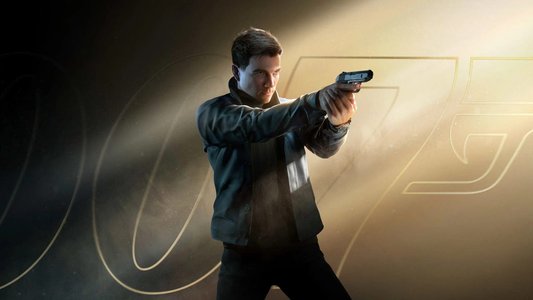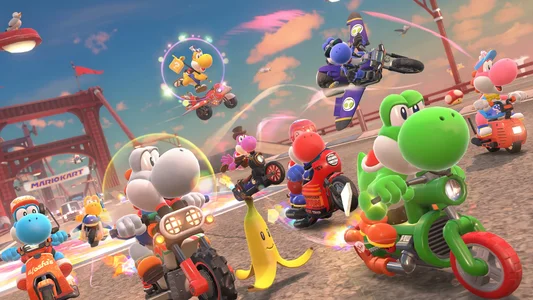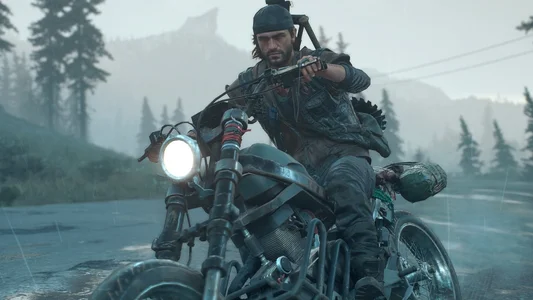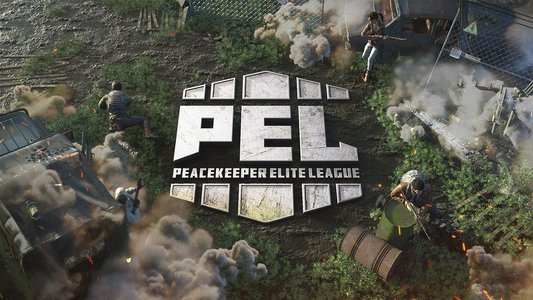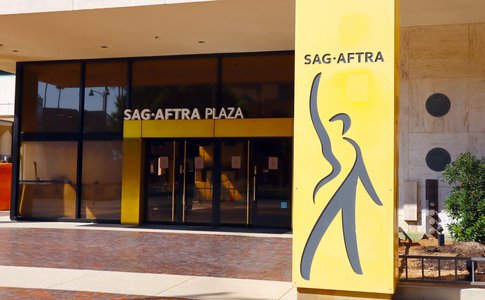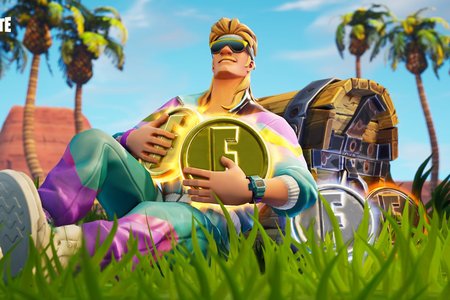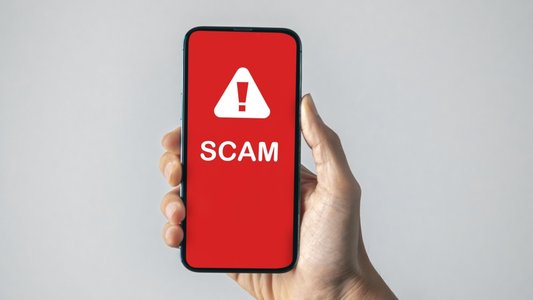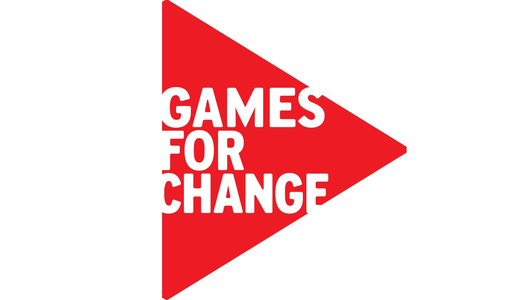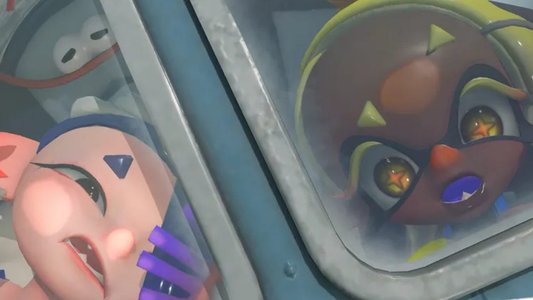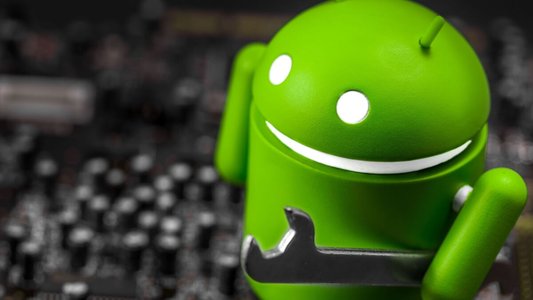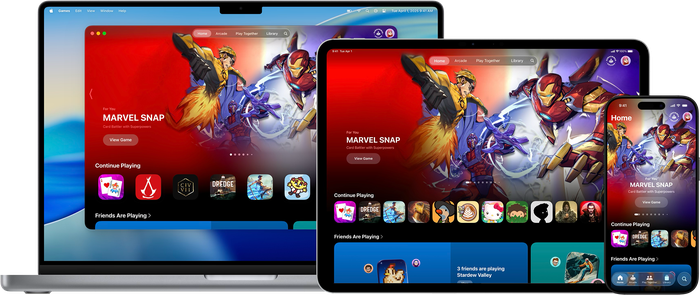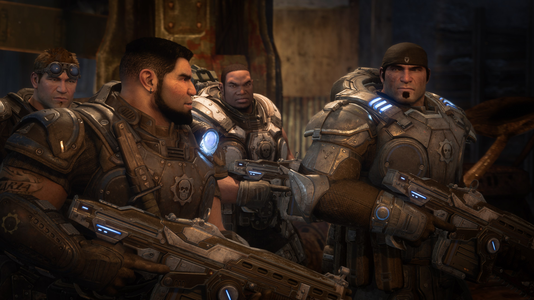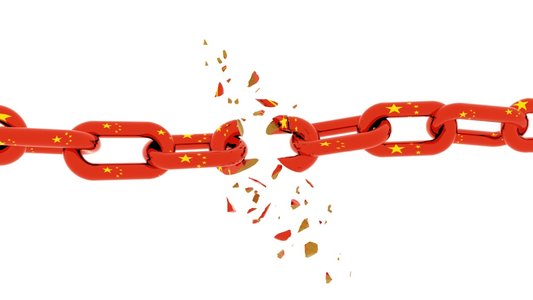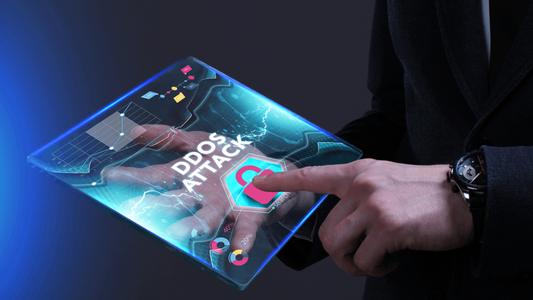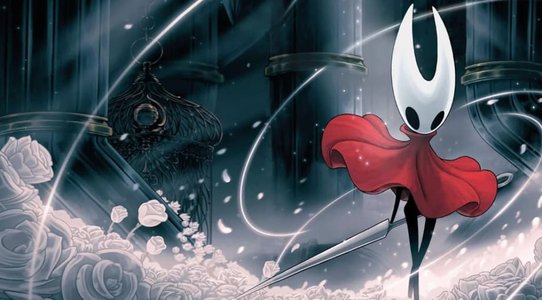Author: by Alissa McAloon, Bryant Francis
This month, Shadow of the Tomb Raider capped off the new trilogy that began in 2013. As development moved over from Crystal Dynamics to Eidos Montreal, we were curious about the design and production processes that go on at large triple-A studios that bring games like Shadow of the Tomb Raider to life -- and the obstacles these developers encountered.
To that end, we were delighted to chat with narrative director Jason Dozois and producer Fleur Marty last week on the Gamasutra Twitch channel as we played the first hour of Shadow of the Tomb Raider. Here are excerpts from our conversation.
Edited for length and clarity.
Designing highly-flexible difficulty settings was...difficult
Marty: So first of all, you have to understand where [the game's difficulty settings] come from. That's first and foremost, from feedback from the community from the previous games, especially from Rise, and people on one side complaining of puzzles, that the most interesting puzzles being side content, not being on the main path. And also the white paint [which highlights the critical path] being too obvious and things like that.
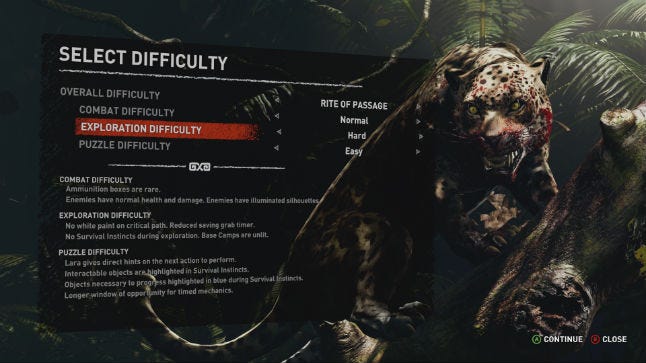 Shadow of the Tomb Raider's deceptively simple difficulty options
Shadow of the Tomb Raider's deceptively simple difficulty options
So we were trying to take that into account. But then when you go into playtest and you have more casual players or people who are not familiar with the franchise who try to play the game, then they get frustrated by the difficulty of the puzzles, or they can't find their way around. So we were back at kind of "dumbing down" the difficulty. We weren't satisfied with it at all. Especially since, with this one being the end of a trilogy, we had to throw the most challenging puzzles possible at Lara and the hardest combat; we couldn't really ease up on the difficulty.
We came up with this idea: that maybe for people who love challenging puzzles, but who are not familiar with or do not like the combat or who didn't want to spend too much time finding their way around, they could have hard puzzles but easy exploration -- white paint everywhere, and easy combat. Or it could be completely the opposite.
"There was a group called 'G.R.O.W.L.', I don't know if you guys are aware: 'Get Rid Of White Ledges.'"
Of course, that means a lot of changes. That means you're not balancing your game for three difficulties -- normal, easy, and hard. You're actually balancing it for like, nine, and all the possibilities. So that's one thing. And then of course [toggling the] white paint, that means creating systems for which we applied depending on what level of difficulty has been set for the exploration, and making it disappear, and the tutorials, and things like that.
When you think about it, the easiest [difficulty setting to adjust] is the combat, because that's what every game is used to doing. Like easy, normal, hard combat; well, that's easy to figure out: You have more bullets and enemies have less HP. That's why [offering so many difficulty options] was a challenge, and since it was a nearly last minute idea -- not last minute, but it came a bit on the side. That's why we at some point were like, "we're not going to make it, we should just cut it." But then when we saw the reaction from players to it, and we realized that we've got something.
Dozois: Yeah, there was a group called "G.R.O.W.L.", I don't know if you guys are aware: "Get Rid Of White Ledges." That is stuck in my head. So this was really community-focused. You know on the puzzle aspect it was really playtest-focused, like Fleur was saying. You make a puzzle and, we had some hints on a timer, say like three minutes, five minutes. We're trying to find the right number, but there's no right number. Because some people, they want to be stuck and they want to figure it out. And some people never want to be stuck. They think about it for two seconds and they're like "nope, tell me what happens next in the story." So you're trying to find a sweet-spot number, but it didn't pan out.

Shadow of the Tomb Raider lets players choose to highlight the critical path -- or not
So what we did with the puzzles -- people said how do you make puzzles harder? No, we just do a hard puzzle, and we give you more hints. So most of the design was mostly on the writing side. For every step of the puzzle, if you're on normal difficulty and you request it (you have to press survival instincts for her say something) she'll suggest something like she's puzzling it out. But if you're on easy, she almost like gives you the answer: "I think we need to open that door with that thing." It's like almost telling you.
"It's not the most inspirational writing, to give the [puzzle] hint. But when you want that hint [as a player], when you want that one sentence, and you get it, it's awesome."
So what it does, it allows you to customize your [puzzle experience], and for us it was like solving a problem. When we went to E3 and everyone was asking about this we're like "Okay yeah, it's good, it's awesome." We liked it because it was solving a problem but people were seeing it as like "Wow I can really customize my experience and that's really cool."
Marty: In retrospect, when you think about it you're like how did we not do this earlier? Like, why?
Dozois: Everything is obvious in retrospect...obviously people are responding and reacting well to it. It allows you to balance it in a way that seems obvious now but was never obvious before, and I think it's gonna inspire a lot of people to do something similar.
To me, [the moment when] I realized that this puzzle difficulty thing was a real success was on some of the optional challenge tombs that I had not played as often. I was playing and I was like, "I have no idea what to do," and I thought "wait a minute." I put it on easy and I found the hint and I figured it out. That's when I was personally really sold. Because on my side, it was [writing] hundreds of lines like, "do we really want to do this?" It's a lot of, "I need to open the door, I need to do..." You know, it's not the most inspirational writing, to give the hint. But when you want that hint, when you want that one sentence, and you get it, it's awesome.
The production "nightmare" of a characters speaking their native language
Dozois: [Immersion Mode, in which NPCs speak their native languages] came from a debate. Because you look at Rise of the Tomb Raider everyone's speaking English with an American accent, and these guys are from basically Turkey, Asia Minor from like hundreds of years ago. So you can either take the Star Trek approach and go, well, everyone speaks English because it's not a story about languages. A lot of games do that, and that's fine.
You can take the other extreme you know like the movie Apocalypto where everything is in Mayan and that's it, it's just a subtitled thing. [But]...where do we put the line?
We talked about saying everything that's a mission, or on the critical path, we would say we would localize it [for its respective market], meaning it would be in the language of the SKU you set it to. And everything that was optional was either in Spanish ... or we'd mix in Mayan later on.

...It's one of those questions of how far do you go, right? Are you going to do all you cinematics in that [language]? Are you going to do two versions of the cinematic? We have two hours of cinematics, so...where do you draw the line? We're tying to make it as immersive as possible so when you're walking around you feel like you're in a place that's alive.
But then one of the problems is that if it's in English, you can understand an overheard, like an enticer saying "Hey can you help me?" -- well, then I don't need a subtitle to know I can talk to that person. But if you have it in a language that you don't understand at all, without the subtitles you're not even going to know.
No tags.




